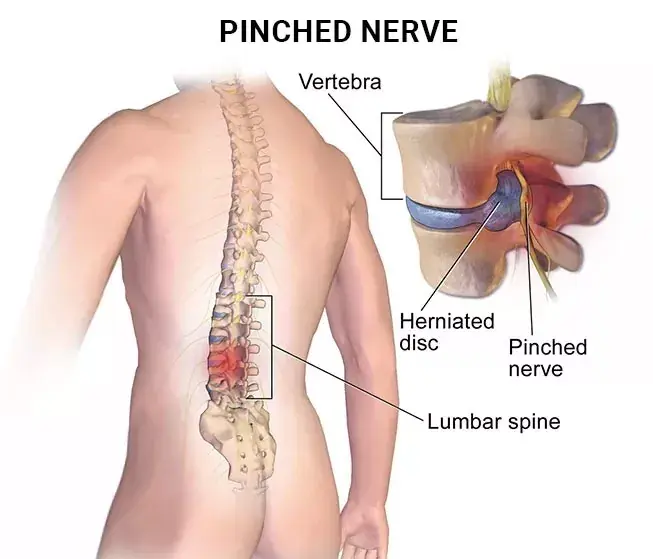What is Chiropractic?
- Dr. Jill Evans

- Aug 25, 2020
- 2 min read
Updated: May 18, 2021
We have had really amazing patients that have come into our office because of word of mouth. Their friends, or family, have explained to them the relief they have received from adjustments. In just a few appointments they have understood what it was like to have a fully communicating body.
If you haven't had that raving chiropractic fan in your life to fill you in, we want to share with you a breakdown of what chiropractic is, what we treat and what visiting a chiropractor looks like for you.
WHAT IS CHIROPRACTIC?
Chiropractic is a ‘hands-on’ therapy, using manual techniques to diagnose and treat disorders of the spine, joints and muscles. It views the body as a mechanism, with the spine as the key support that protects the nervous system and links the brain to the body. The underlying principle is that any strain, damage or distortion of the spine can lead to problems in the internal organs, glands and blood vessels, so the aim of treatment is to bring the body systems back into harmony and allow its self-healing processes to function efficiently, by realigning the spine.
WHAT DOES IT TREAT?
Chiropractic is used to treat many conditions, including spine and neck disorders; muscle, joint and postural problems; sciatica; headaches, migraine; gastrointestinal disorders; tinnitus, vertigo; menstrual pain; and asthma. A number of studies have shown it can relieve lower back pain.
VISITING THE CHIROPRACTOR
The chiropractor will want to find out all about you and your health and will take a detailed medical history, asks questions about lifestyle, and may carry out standard diagnostic tests, including X-rays(unless the practitioner uses the McTimoneymethod). Tell your practitioner if you have osteoporosis or inflammation, infections or tumours, circulatory problems (particularly aneurysms) or a recent fracture. During treatment, you may need to undress to your underwear. Treatment of stiff or‘locked’ joints usually takes place on a specially adjustable chiropractic couch and consists of precise and well-controlled techniques known as adjustments. The practitioner begins by moving the joint as far as it will go (mobilization) than giving a rapid, measured thrust to move it slightly further. With any adjustment, there may be an audible pain-less ‘click’ in the joint. This is caused by a tiny gas bubble created by the change in pressure when the joint is suddenly stretched. After an initial 30–60-minute diagnostic session, subsequent sessions may be brief and the number depends on the condition and how quickly you respond to treatment.
WILL I STILL BE ABLE TO SEE MY DOCTOR?
Yes, your doctor will want to know how you are progressing and will discuss this with your chiropractor.
WILL I STILL BE ABLE TO TAKE MY MEDICINE?
In most cases, yes. The chiropractor will want to know all about the medicine you are taking. If the medicine you take needs to be changed during the time that you see the chiropractor this can be discussed both with your doctor and the chiropractor.
© Harcourt Publishers Ltd 2002 Peters D, Chaitow L, Harris G, Morrison S Integrating Complementary Therapies in Primary Care: A Practical Guide for Health ProfessionalsTHERAPIES – CHIROPRACTIC 203






Comments